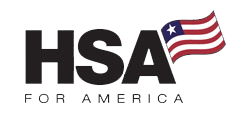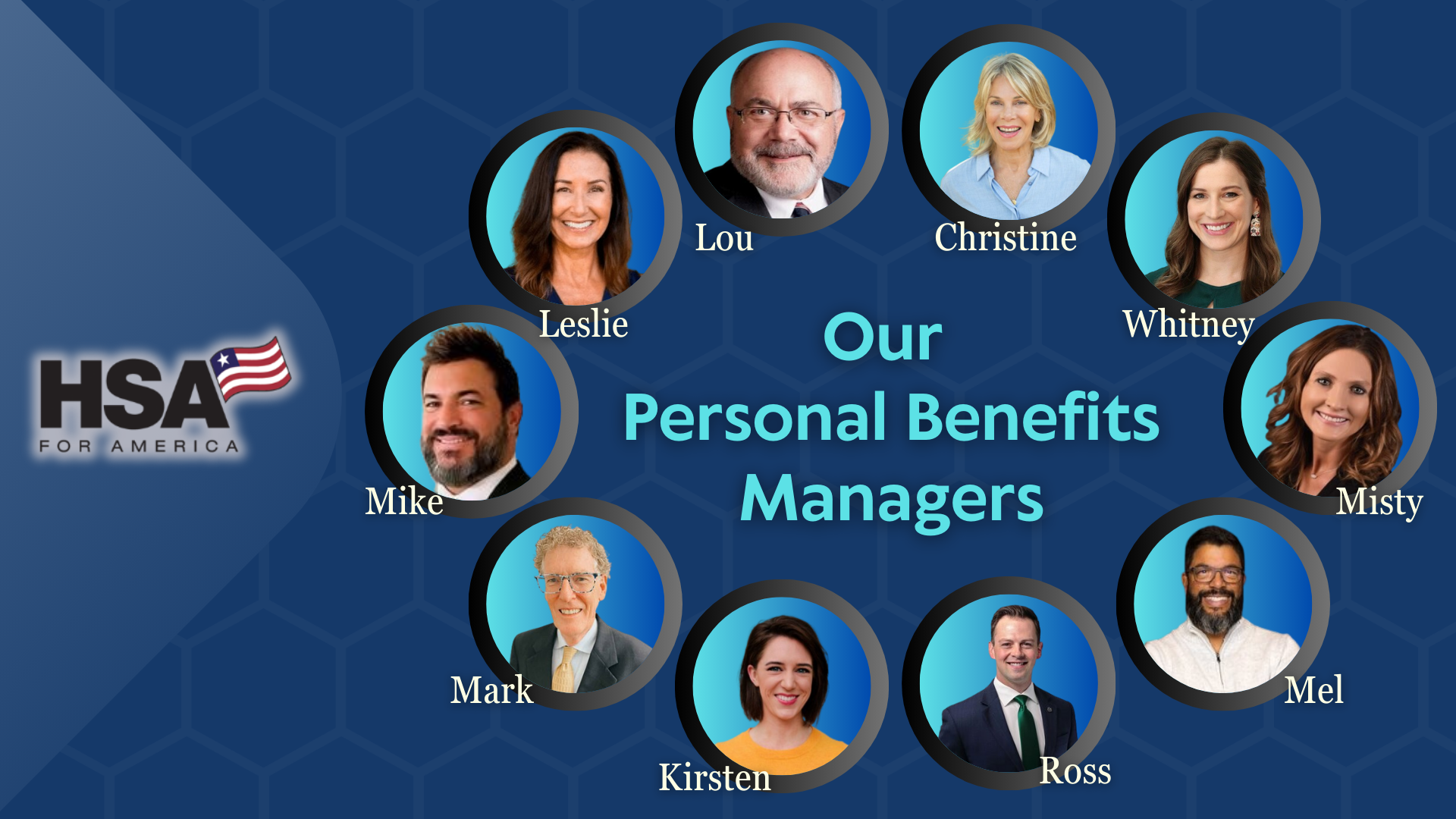Missed open enrollment for health insurance in 2025?

You’re not alone. Even if you didn’t enroll during the official window, you still have several ways to get covered.
Whether you’ve had a major life change, want to explore health sharing, or just need something to get you through the year, you’ve got options. Let’s break them down so you can find the right fit.
What is Open Enrollment?
Open Enrollment is the time each year when anyone can sign up for a health insurance plan through the Affordable Care Act—no matter your health history.
- In most states, it runs from November 1 to January 15.
- Some states may have different deadlines.
Outside of that window, you typically can’t sign up unless you qualify for a Special Enrollment Period (we’ll explain that next).
If you missed open enrollment, here’s what you can do to stay protected.
Compare Pricing on the Best Insurance Plans Available
Missed Open Enrollment?
If you missed Open Enrollment for 2025, don’t panic.
You still have ways to get health coverage.
Option 1: Qualify for a Special Enrollment Period (SEP)
A Special Enrollment Period (SEP) is a 60-day window outside of Open Enrollment when you can still sign up for an ACA-qualified health insurance plan.
The key benefit? You’re guaranteed acceptance—even if you have pre-existing conditions.
But to qualify, you need to have a qualifying life event, such as:
- Getting married or divorced
- Having a baby or adopting a child
- Losing other health coverage
- Moving to a new state or ZIP code
- Changing your citizenship or residency status
- Being released from incarceration
- Leaving active duty in the military
- Earning less than 150% of the federal poverty level
If you meet any of these criteria, you can apply for any health plan available in your area. Based on your income and household size, you may also qualify for an ACA subsidy to help reduce your monthly premiums.
A SEP can be a great option if:
- You have a pre-existing condition and need coverage right away
- You qualify for a subsidy
- Or both
If you think you’ll qualify for a SEP later in the year, consider enrolling in a health sharing plan for now (more on that below). Then, when you’re eligible, reach out to a Personal Benefits Manager for a free consultation. They’ll help you decide whether to switch to an ACA plan or stick with a low-cost health sharing option.
Option 2: Enroll in a Health Sharing Alternative
Health sharing plans offer a flexible, budget-friendly alternative to traditional health insurance—especially if you missed Open Enrollment.
These aren’t insurance policies. Instead, they’re non-profit, community-based programs where members contribute monthly “shares” to help cover each other’s eligible medical expenses.
One of the biggest advantages? You can enroll anytime—no deadlines.
Benefits of Health Sharing
- Year-Round Enrollment: Join anytime, no need to wait for Open Enrollment.
- Lower Costs: Monthly contributions are often much less than ACA plans without subsidies.
- Freedom to Choose Providers: Most plans allow you to see the doctors and specialists you prefer—without network restrictions.
Health sharing may be a great fit if you:
- Don’t qualify for ACA subsidies
- Want the freedom to choose your providers
- Don’t have significant pre-existing conditions
Things to Consider
Health sharing plans usually don’t cover pre-existing conditions right away.
Most have a waiting period—sometimes up to four years—before they’ll share those costs.
Other important points:
- Surgical Waiting Periods: Many plans won’t share surgery costs unless they result from accidents or unexpected injuries.
- No ACA Subsidies: These plans aren’t eligible for federal subsidies—but that’s often not a dealbreaker. Many middle-class families save more with health sharing than they would using a subsidized plan.
Are Health Sharing Plans Religious?
Some health share organizations are faith-based, while others are non-denominational or entirely secular.
You can choose a plan that aligns with your values.
Read More on How Health Sharing Works
Option 3: Why Going Without Coverage Is Risky
If you missed Open Enrollment and don’t qualify for a Special Enrollment Period, you might think about going without coverage until next year.
But that can be extremely risky.
Medical emergencies are unpredictable—and without insurance or a health sharing plan in place, a single hospital visit could leave you with tens of thousands of dollars in bills.
Even a minor accident or unexpected illness could create serious financial problems.
If possible, you may want to look for a job that offers employer-sponsored health benefits. Many full-time positions offer coverage that can help protect you and your family until the next Open Enrollment window.
Otherwise, enrolling in a health sharing plan can provide affordable protection and peace of mind until you can qualify for full insurance coverage.
Why Talk to a Personal Benefits Manager?
A Personal Benefits Manager can help you make sense of your options and choose what works best for your situation.
- Personalized Advice tailored to your health needs and budget
- Clear Guidance on the pros and cons of each type of coverage
- Free Consultation—no obligation, no pressure
Compare Pricing on the Best HealthShare Plans Available
Missed Open Enrollment? What to Do Now
Missing the Open Enrollment period—whether through the government Marketplace or because you missed open enrollment at work—doesn’t mean you’re out of options.
You may still be able to get covered by qualifying for a Special Enrollment Period, joining a health sharing plan, or enrolling in short-term health insurance. Each of these alternatives can help you stay protected while keeping costs manageable.
If you missed your chance to sign up, reach out to a Personal Benefits Manager for a free consultation. They’ll help you understand your options and make sure you’re covered for 2025 and beyond.
Don’t let the confusion around healthcare plans stop you from getting the protection you need. With the right support, you can still find a plan that works—even after missing Open Enrollment.
For Further Reading:

Wiley is President of HSA for America. He believes that consumers should have choice and price transparency, so they can make the best healthcare decisions for their needs. Read more about Wiley on his Bio page.



